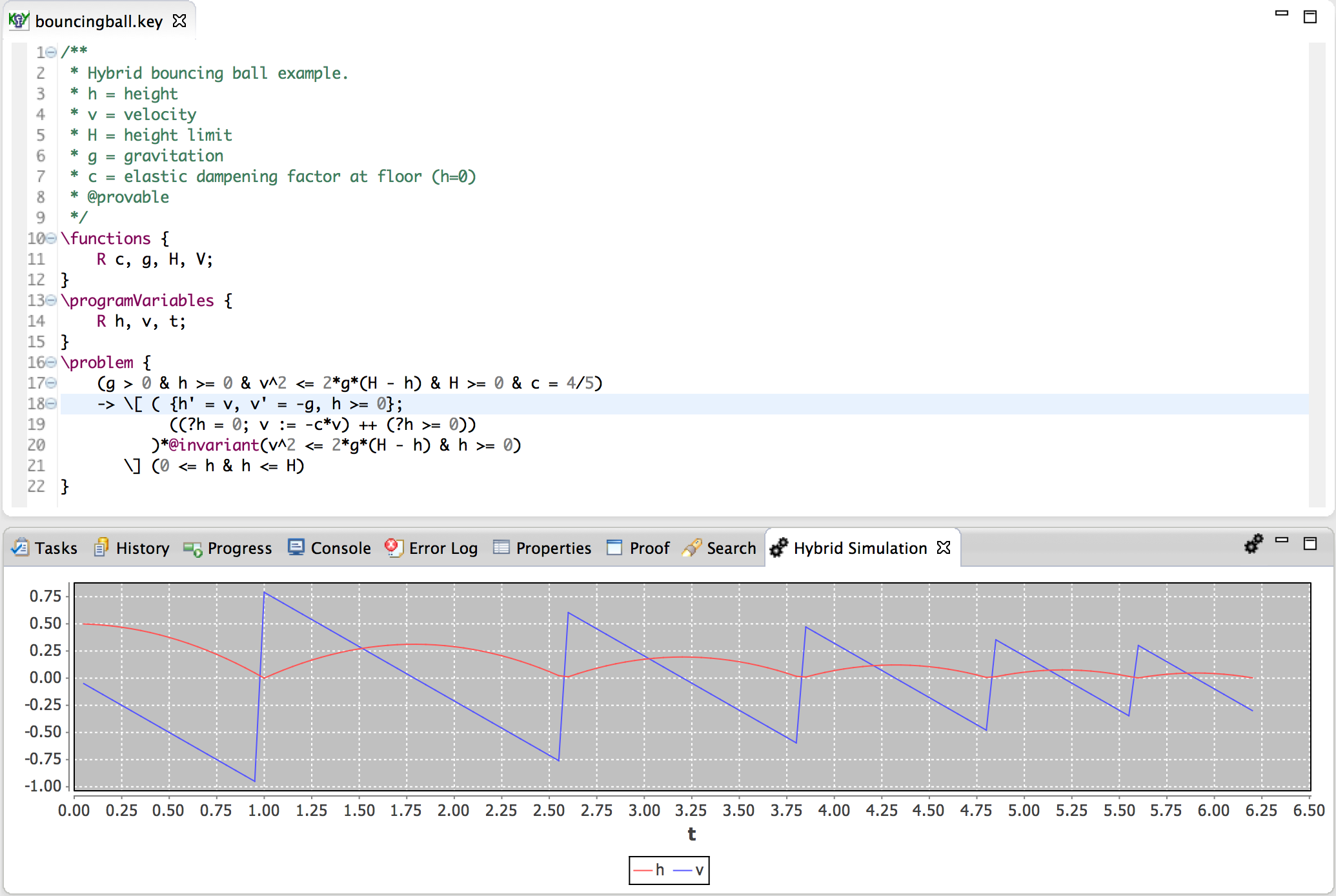Nowadays, robots interact more frequently with a dynamic environment outside
limited manufacturing sites and in close proximity with humans. Thus, safety of
motion and obstacle avoidance are vital safety features of such robots. We formally
study two safety properties of avoiding both stationary and moving obstacles:
(i) passive safety, which ensures that no collisions can happen while the robot
moves, and (ii) the stronger passive friendly safety in which the robot further
maintains sufficient maneuvering distance for obstacles to avoid collision as
well. We use hybrid system models and theorem proving techniques that describe and
formally verify the robot’s discrete control decisions along with its continuous,
physical motion. Moreover, we formally prove that safety can still be guaranteed
despite location and actuator uncertainty.
[ Paper | Sphinx Project ]





